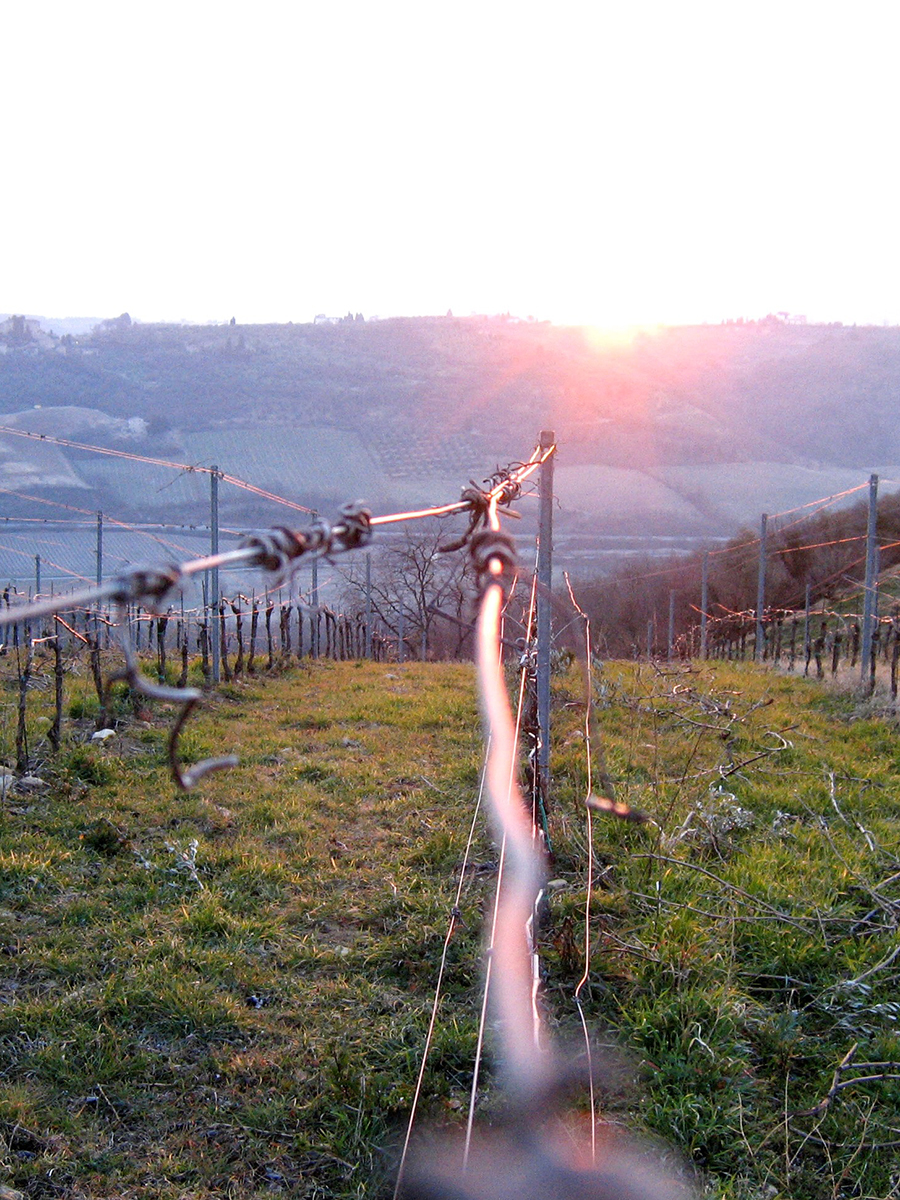Agri-food territory as tourist attraction in Quebec
Reflections on representations of a gourmet destination based on the concept of terroir
DOI:
https://doi.org/10.15353/cfs-rcea.v10i3.612Keywords:
Tourisme gourmand, terroir, aliment local, destination gourmande, représentation de destination, content analysisAbstract
Terroir products are characterized by the uniqueness of the territory where they are produced. This uniqueness is used to promote them, but it may also serve to trigger the interest of individuals in this territory. Starting in Europe and linked to wine, the concept of terroir is expanding all over the world for an increasing number of different products. However, its use outside of Europe raises the question of how this concept applies elsewhere and specifically, how it relates to tourism. This paper aims to understand how agri-food and tourism propositions/offers are integrated in order to build the image of terroir in Quebec. The analysis of lexical content and images of the web pages from destination management organizations, local food tourism associations, and food companies in two Quebec regions indicated that the notion of terroir is mostly used as a synonym for “local product”. Its use does not refer to the uniqueness of the product related to its production territory. Rather, we suggest a model of orchestration of the representative elements of the territory in order to contribute to a gastronomic destination. Two paths of development are proposed – one that is product-specific or one that is generalist. Although food tourism is already important for the destinations under study, it could be further integrated with the help of coordinated communication between all the actors involved.
Downloads
Published
How to Cite
Issue
Section
License
Copyright (c) 2023 Ronaldo Tavares de Souza, Pascale Marcotte, Laurent Bourdeau

This work is licensed under a Creative Commons Attribution-ShareAlike 4.0 International License.
Authors who publish with this journal agree to the following terms: Authors retain copyright and grant the journal right of first publication with the work simultaneously licensed under a Creative Commons License that allows others to share the work with an acknowledgement of the work's authorship and initial publication in this journal. Work published in CFS/RCÉA prior to and including Vol. 8, No. 3 (2021) is licensed under the Creative Commons CC BY license. Work published in Vol. 8, No. 4 (2021) and after is licensed under the Creative Commons CC BY-SA license. Authors are able to enter into separate, additional contractual arrangements for the non-exclusive distribution of the journal's published version of the work (e.g., post it to an institutional repository or publish it in a book), with an acknowledgement of its initial publication in this journal. Authors are permitted and encouraged to post their work online (e.g., in institutional repositories or on their website) prior to and during the submission process, as it can lead to productive exchanges, as well as earlier and greater citation of published work. (See more on Open Access.)




